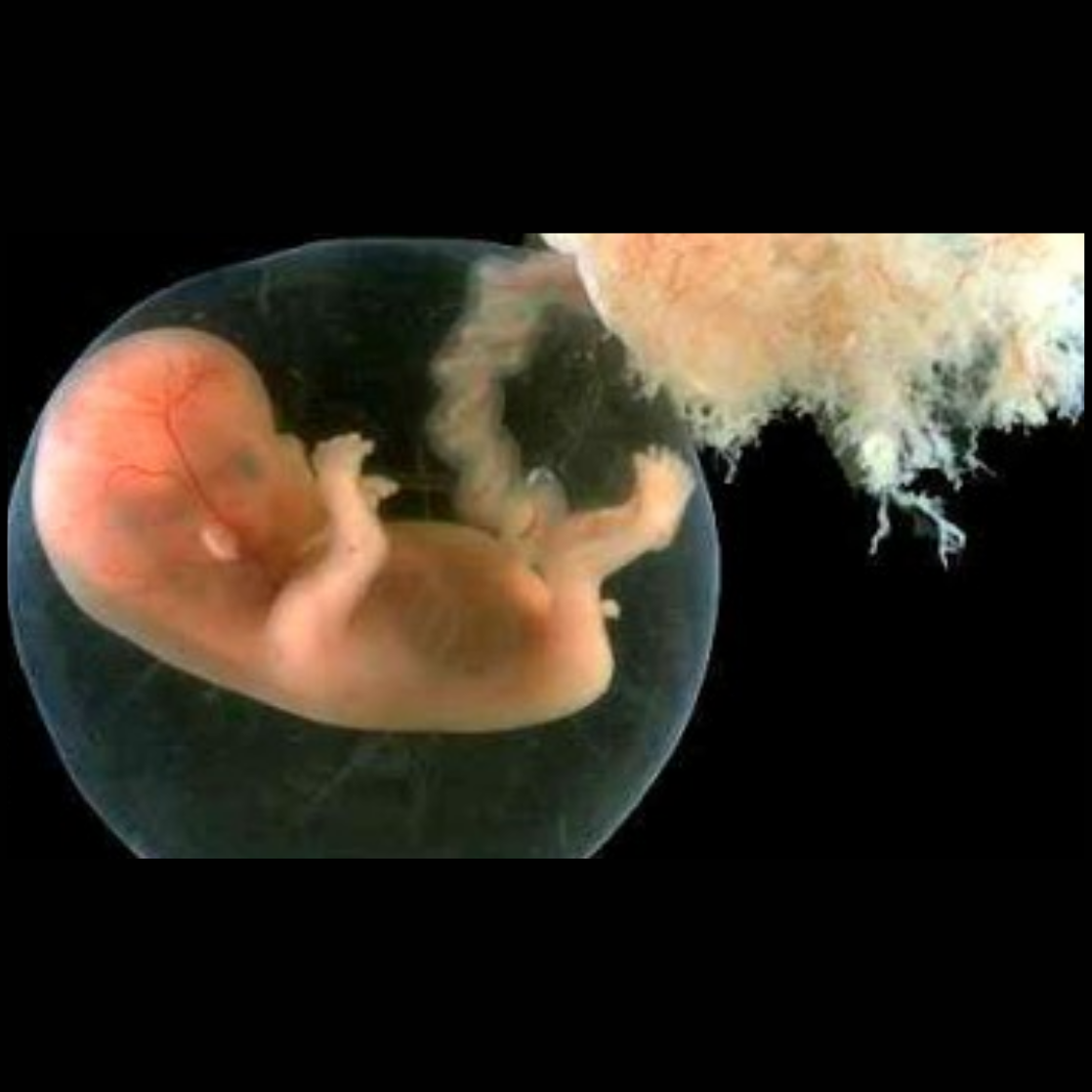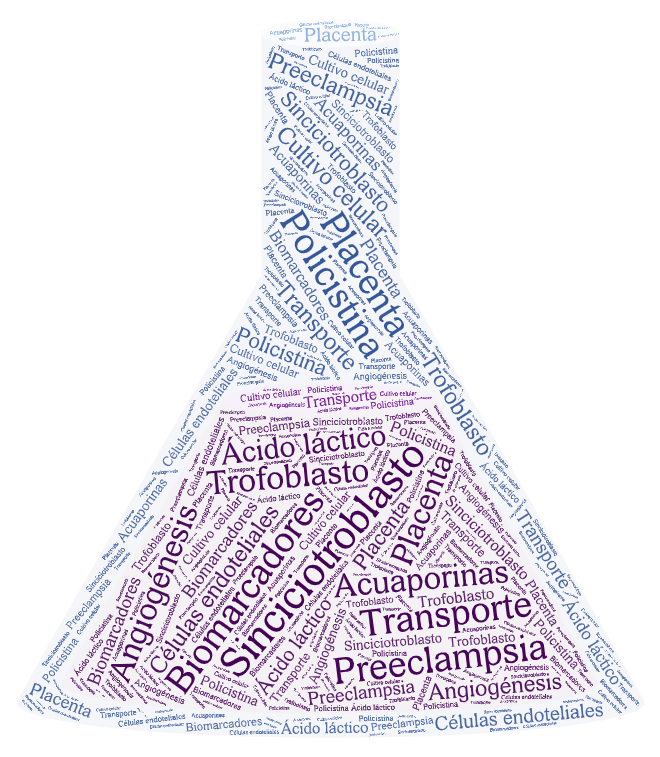
Laboratory of Reproductive Biology
_________
Alicia E. Damiano
Independent Investigator, CONICET
Looking for a place to pursue your doctorate? Don't hesitate to write to us.
We are dedicated to the study of transport mechanisms in the human placenta and their alterations in pathological conditions.
The placenta is an organ that mediates between the mother and the fetus, allowing the exchange of gases and nutrients to ensure the baby's growth, protect it from infections and potentially harmful substances, provide support and mechanical protection, and offer the appropriate microenvironment for the normal development and growth within the mother. However, under certain circumstances, it can be the origin of serious pathological alterations in the mother and/or the fetus. One of these pathologies is Preeclampsia.
Preeclampsia is an exclusive disorder of human gestation, with an incidence causing significant maternal and fetal morbidity and mortality. It occurs in all populations with a general incidence varying between 5 and 7%. According to estimates from the WHO, preeclampsia is responsible for more than 200,000 maternal deaths per year worldwide and is associated with a 20-fold increase in perinatal mortality. In Argentina, preeclampsia accounts for 13.2% of all pathological pregnancies. According to data published by the Ministry of Health in 2010, hypertensive disorders, along with hemorrhages and infections, are the main causes of maternal morbidity and mortality.
Despite its importance in terms of public health and decades of research, the pathogenic mechanisms involving its development and progression are not fully determined. It is currently defined solely by the presence of clinical symptoms, making its diagnosis relatively weak, and prediction is not possible yet.
Many studies point to the placenta as a necessary participant in the pathogenesis of preeclampsia, as the disease generally resolves within 24-48 hours after its expulsion. Although the exact role of the placenta in the development of this gestational disorder is not yet fully understood, it is known that defective placentation is one of its main characteristics. Our main interest is focused on regulating the expression and functionality of placental transporters to establish new hypotheses that allow us to understand the mechanisms involved in the establishment of this gestational disorder.



Adjunct Investigator
Conicet
Contact / Pubmed

Assistant Investigator
Conicet
Contact / Pubmed

Doctoral Fellow
Conicet
Contact

Doctoral Fellow
Conicet
Contact

Doctoral Fellow
Conicet
Contact
- Aquaporins in Fetal Development. Martínez N, Damiano AE. Adv Exp Med Biol. 2023;1398:251-266. doi: 10.1007/978-981-19-7415-1_17.
- Editorial: Vascular dysfunction beyond pathological pregnancies. An international effort addressed to fill the gaps in Latin America, Volume II. Escudero C, Giachini FR, García-Robles R, Galaviz-Hernandez C, Damiano AE. Front Physiol. 2022 Aug 31;13:989407. doi: 10.3389/fphys.2022.989407.
- Coronavirus 2 Infection in Pregnancy. A Non-systematic Review of Clinical Presentation, Potential Effects of Physiological Adaptations in Pregnancy, and Placental Vascular Alterations. Ayala-Ramírez P, González M, Escudero C, Quintero-Arciniegas L, Giachini FR, Alves de Freitas R, Damiano AE, García-Robles R. Front Physiol. 2022 Mar 30;13:785274. doi: 10.3389/fphys.2022.785274.
- Assessing the Role of Uric Acid as a Predictor of Preeclampsia. Corominas AI, Medina Y, Balconi S, Casale R, Farina M, Martínez N, Damiano AE. Front Physiol. 2022 Jan 13;12:785219. doi: 10.3389/fphys.2021.785219.
- Contribution of aquaporins in the transamniotic water flux. Di Paola M, Sierra MN, Fernández N, Ibarra C, Damiano AE. Biochem Biophys Res Commun. 2022 Jan 29;590:63-67. doi: 10.1016/j.bbrc.2021.12.097.
- Hyperosmolarity Impairs Human Extravillous Trophoblast Differentiation by Caveolae Internalization. Reppetti J, Medina Y, Farina M, Damiano AE, Martínez NA. Front Physiol. 2021 Dec 6;12:760163. doi: 10.3389/fphys.2021.760163.
- Lactic Acid Transport Mediated by Aquaporin-9: Implications on the Pathophysiology of Preeclampsia. Medina Y, Acosta L, Reppetti J, Corominas A, Bustamante J, Szpilbarg N, Damiano AE. Front Physiol. 2021 Dec 2;12:774095. doi: 10.3389/fphys.2021.774095.
- High Levels of Tumor Necrosis Factor-Alpha Reduce Placental Aquaporin 3 Expression and Impair in vitro Trophoblastic Cell Migration. Dos Passos Junior RR, de Freitas RA, Reppetti J, Medina Y, Dela Justina V, Bach CW, Bomfim GF, Lima VV, Damiano AE, Giachini FR. Front Physiol. 2021 Jun 29;12:696495. doi: 10.3389/fphys.2021.696495.
- The limited knowledge of placental damage due to neglected infections: ongoing problems in Latin America. Ribeiro IM, Souto PCS, Borbely AU, Tanabe ELL, Cadavid A, Alvarez AM, Bueno J, Agudelo O, Robles RG, Ayala-Ramírez P, Sacerdoti F, Szasz T, Damiano AE, Ibarra C, Escudero C, Lima VV, Giachini FR. Syst Biol Reprod Med. 2020 Jun;66(3):151-169. doi: 10.1080/19396368.2020.1753850.